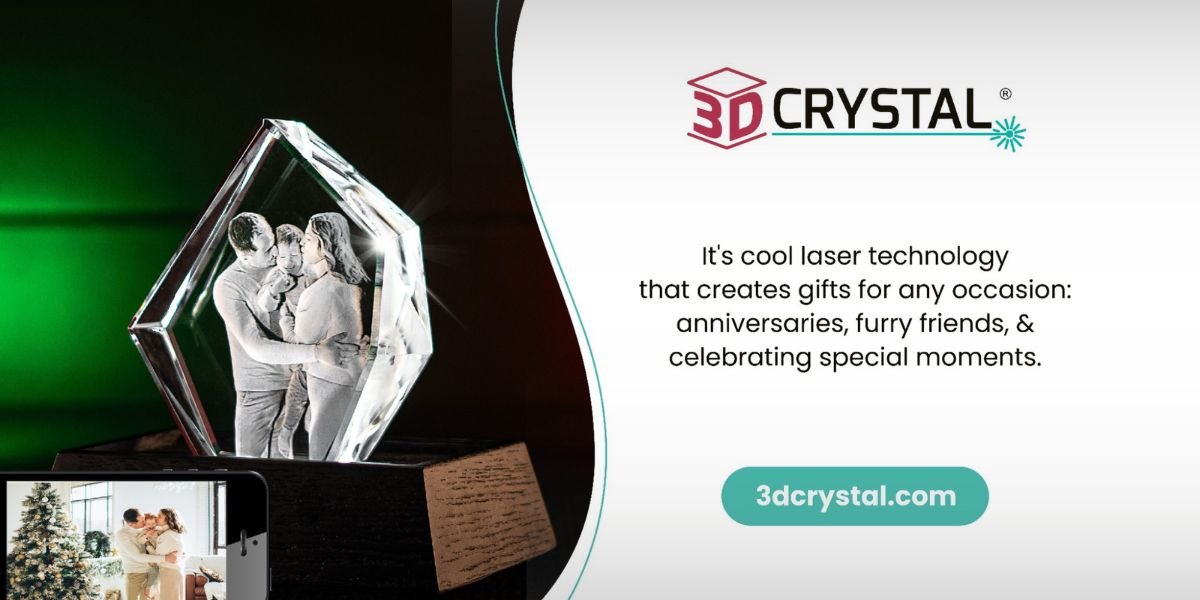Trade shows remain one of the most valuable opportunities for businesses to connect with potential customers face-to-face. However, simply showing up with a booth doesn’t guarantee success. Companies that implement strategic approaches to booth design, lead capture, and follow-up systems consistently outperform competitors at industry events. These techniques work together to create meaningful engagements that translate into qualified business opportunities.
Read also: How Beer Shapes Traditional Cuisines Around the World
Creating High-Impact Booth Designs That Attract Visitors
An effective trade show booth serves as both a visual magnet and a functional conversation space. The layout should allow for easy traffic flow while creating natural stopping points that encourage engagement. Many successful booths use tiered displays that draw attention from across the exhibit hall while providing clear entry points for visitors. Lighting plays a crucial role in booth effectiveness, with strategic spotlights highlighting key products or messaging without creating glare or shadows that obscure details.
Interactive elements significantly increase booth engagement time. Demonstration areas where visitors can experience products firsthand create memorable interactions. Digital displays that respond to user input or show customized content based on visitor interests tend to hold attention longer than static signage. The most effective booths balance aesthetic appeal with practical functionality, providing comfortable spaces for meaningful conversations without overwhelming visitors with visual clutter.
Branding consistency remains important, but the most successful booths focus more on solving visitor problems than displaying logos. Clear value propositions positioned at eye level help attendees immediately understand what the company offers. Thoughtful placement of seating areas creates spaces for deeper discussions with serious prospects while keeping high-traffic zones open for initial interactions.
Implementing Efficient Lead Capture Systems
Capturing quality lead information requires more than just collecting business cards. Sophisticated systems use technology to gather detailed information while making the process seamless for visitors. Many companies now use badge scanners integrated with CRM systems to automatically capture basic contact information while staff members add qualifying notes about specific interests or needs.
Conversation starters that uncover visitor challenges work better than generic sales pitches. Staff trained to ask open-ended questions can quickly identify serious prospects while gracefully moving less qualified leads through the interaction. Some companies use tablet-based surveys that visitors complete themselves, with questions designed to reveal purchase intent and timeline without feeling intrusive.
Real-time lead qualification systems help prioritize follow-up efforts. Simple rating scales recorded during each interaction allow sales teams to immediately identify hot prospects after the event. Some systems even trigger automatic follow-up messages based on the lead’s stated preferences, ensuring no opportunities fall through the cracks during the busy post-show period.
Developing Effective Follow-Up Protocols
The true value of trade show leads emerges in the days and weeks following the event. Companies with structured follow-up systems consistently convert more leads than those relying on ad hoc approaches. Immediate post-show communication should acknowledge the in-person meeting while the interaction remains fresh in the prospect’s mind. Many successful follow-up sequences begin with a personalized email referencing specific discussion points from the show within 24-48 hours of the event ending.
Tiered follow-up strategies ensure appropriate attention for different lead quality levels. High-priority prospects might receive phone calls within the first business day after the event, while more general inquiries enter nurturing sequences. Some companies find success with scheduled touchpoints that gradually provide more detailed information based on prospect engagement levels.
Integrating trade show leads into broader marketing automation systems helps maintain continuity. Leads that aren’t ready for immediate sales conversations can be nurtured with relevant content that addresses their expressed interests. Tracking engagement with these materials provides valuable insights for sales teams when reconnecting with prospects.
Training Booth Staff for Maximum Effectiveness
Well-trained booth personnel make the difference between missed opportunities and quality lead generation. Staff should understand key messaging points but be flexible enough to adapt conversations based on visitor needs. Role-playing common scenarios before the event helps team members practice transitioning from small talk to meaningful business discussions.
Assigning specific roles improves booth efficiency. Greeters can qualify visitors and direct them to appropriate staff members, while product specialists handle detailed technical questions. Having designated staff responsible for capturing lead information ensures no valuable contacts get missed during busy periods. Rotation schedules prevent staff fatigue while maintaining consistent energy levels throughout the event.
Measuring Trade Show Marketing Success
Comprehensive metrics move beyond simple lead counts to evaluate true program effectiveness. Tracking conversion rates from show leads compared to other channels reveals the quality of engagements. Calculating cost per qualified lead helps assess return on investment compared to other marketing initiatives.
Surveying attendees after the event provides valuable feedback about booth experience and brand perception. Some companies track year-over-year performance at recurring shows to identify improvement trends. These insights inform future exhibit strategies and budget allocations for maximum impact.
By combining thoughtful booth design, systematic lead capture, and disciplined follow-up, businesses can transform trade show participation into a consistent source of high-quality leads. The most successful programs treat trade shows as integrated components of broader marketing strategies rather than isolated events, creating continuity that extends long after the exhibit hall closes.
Read also: Balancing Side Hustles and Career Growth: Choosing Where to Focus Your Energy













